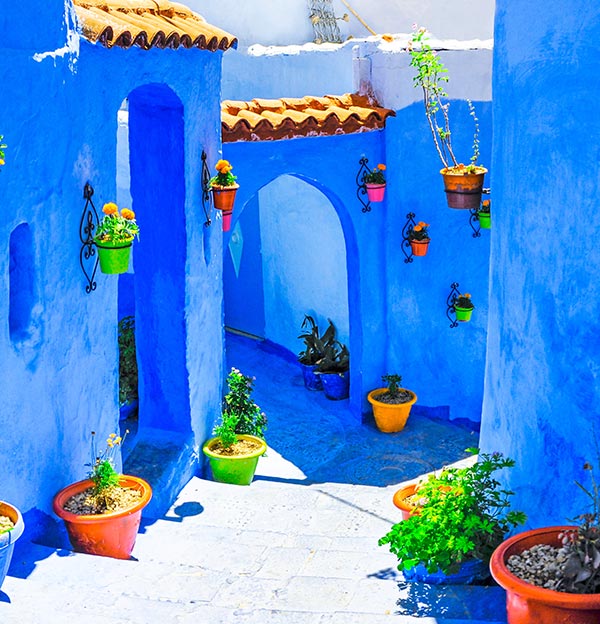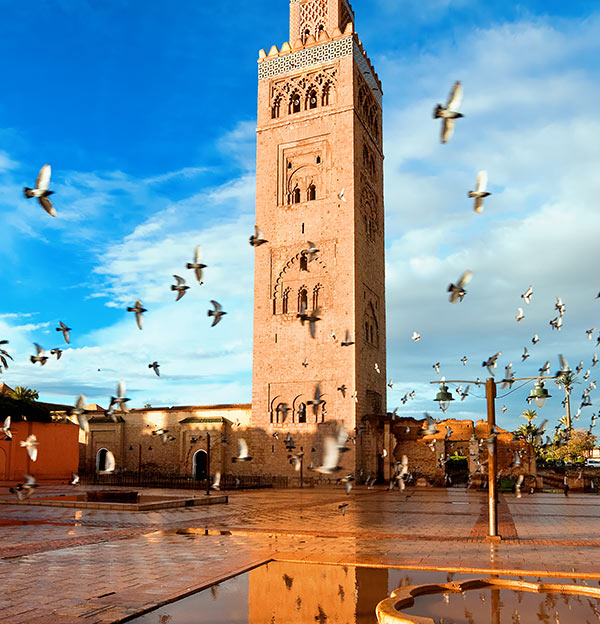Bharmour Valley
FAMOUS FOR MANIMAHASH YATRA AND 84’TEMPLE
Bharmour is regarded as the land of Shiva, a Hindu god. The place is blessed with virgin beauty untouched by masses. The mountains blossoms rare species of herbs and plants important for the nature and humans. The fauna and wildlife animals are protected and preserved, one can get a glimpse of Barking deer, Thar, Pheasants and many rare animals. People of Bharmour are known are extremely courteous and welcomes you like their own family member. Along with its ethnic traditions, culture and ancient history, Bharmour forms the perfection of divine splendor. Bharmour, anciently known as Brahmpura, was the ancient capital of Chamba, Himachal Pradesh (India) till 920 AD. Bharmour is situated at an elevation of 2,195 meters above from sea level between the North latitude 32° 15′ 36″ and 32.26° and East longitude 76° 19′ 12″ and 76.32° between Budhil and Ravi valley of Chamba district of Himachal Pradesh (India) and is surrounded on all sides by lofty hill ranges. The territory is wholly mountainous with altitude ranging from 2,000 to 21,000 feet. It lies between the Pir-Panjal and Dhauladhar range, between Ravi and Chenab valley. The land is blessed with deep beauty of abundant alpine pastures and provides home for nomadic shepherds, known as Gaddi, thus also called Gadderan. General Profile:- Area: Located in Chamba district, Himacahal Pradesh Altitude: 7000 feet Climate: In winter, the temperature gets quite low and in summer temperature is mild Rainfall: 1264.4 mm Primary rainy season: June to September Temperatures: Summer: 15 °C – 20 °C Winter: comes down to even 0 °C or even lower Languages: Hindi, Gaddi Months in which Bharmour can be visited are April to October as in winters the land there can get under snow as high as 5–6 ft as informed by the locals. Population Male: 13000 Female: 12213 Total Family: 6136 Education:- Post Graduate: 1500 Graduate: 2000 Matric and Above: 3000 Literate: 300 Illiterate: 10 Distance from Nearest Cities Chamba (from District Headquarters): 64 km Kangra: 140 km Dharamsala: 145 km Manali: 220 km Shimla: 350 km Pathankot:164.2 km Chandigarh: 350 km Delhi: 650 km Major Temples in the complex Lakshana Devi Temple (Lakhna Devi/Bhadrakali): The temple of Lakshana Devi is the oldest temple at Chaurasi Temple Bharmour. It retains many of the old architectural features of wooden temples and has richly carved entrance. It is said to be constructed by Raja Maru Varman (680 AD). Durga is represented here in her aspect of four armed Mahishasuramardini, the slayer of the demon Mahishasura. Manimahesh (Shiva) Temple: Manimahesh temple which stands in the centre of Chaurasi temple, is main temple, enshrining a huge Shiva linga. The Shiva linga is nothing but a symbol of characteristic mark of lord Shiva and is worshiped in a symbol. Narsingh (Narasimha) Temple: Narasimha (Sanskrit: Narsingh) or Nrusimha, also spelled as Narasingh whose name literally translates from Sanskrit as “Man-lion”. Narasimha is an incarnation of Vishnu in which the god is represented in therianthropic form as half man and half lion. The bronze image of this god, which is exquisitely cast, is awe-inspiring. Lord Nandi Bull Temple: The life size metal bull Nandi, locally known as Nandigan with the broken ear and tail can be seen standing in a modern shed in front of Manimahesh temple. Nandi is chief of Ganesh and Shiva’s foremost attendant, who had shape of the bull and qualities of noble devotee. Usually in front of Shiva temples the Shilpa Texts provide for a couchant bull paced outside and staring at his lord Shiva. But here we have a life size Nandi bull standing on all fours (legs). ‘Visnudharmotra Purana’, however describes of such Nandi bull, as representing solidity and stability of dharma. Dharmeshvar Mahadev (Dharamraj) Temple: Dharamraj, known as Dharmeshvar mahadev was given a seat on the northern corner of Chaurasi by Maru Varman. It is the belief of locals that every departed soul stands here to seek final permission of Dharamraj to proceed ahead and travels through this temple after death seeking dwelling in Shiva Loka. It is believed to be the court of Dharamraj and is locally called ‘dhai-podi’, which means two and half steps. Ganesh or Ganpati Temple: Lord Ganesha temple is situated near the entrance of Chaurasi temple, Bharmour. The temple was constructed by the rulers of the Varman dynasty as stated in an inscription erected in the temple, by Meru Verman in circa 7th century A.D. The wooden temple of ganesha was probably set on fire in Kira invasion of Bharmour and image was mutilated by cutting off legs. The temple of Ganesha is enshrined in a bronze image of Ganesha. This magnificent image is life size with both legs missing..
–















